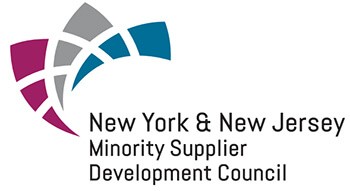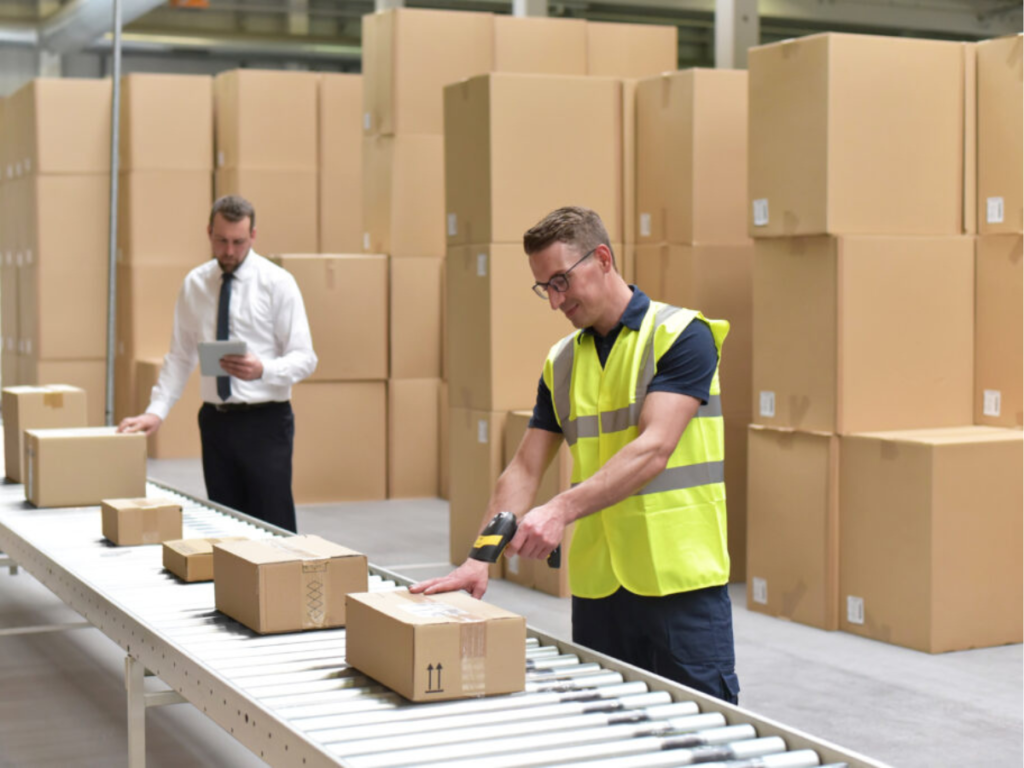Businesses and consumers alike are constantly looking for products that are not only high in quality but are also packaged in a way that is convenient, sustainable, and cost-effective.
Enter flexible packaging. It is a revolutionary packaging solution that has been steadily gaining popularity across various industries.
From extending shelf life to reducing carbon footprints, flexible packaging offers a myriad of benefits that cater to both business needs and consumer preferences.
Let’s delve into how flexible packaging is making a significant impact by unpacking its benefits for businesses and consumers.
Convenience and Practicality
Flexible packaging offers unparalleled convenience for both businesses and consumers. With its lightweight and compact design, flexible packaging is easy to handle, store, and transport.
For businesses, this means reduced shipping costs and increased efficiency in logistics operations.
Consumers, on the other hand, appreciate the convenience of easy-to-open, resealable packaging that preserves product freshness and minimizes waste.
Flexible packaging streamlines the entire packaging process, making it a win-win for all parties involved.
Maximizing Convenience for Consumers and Retailers Alike
Its lightweight and flexible nature allows for more efficient use of space, whether in a shipping container, warehouse, or retail shelf. It enables retailers to display a greater variety of products within the same square footage.
For consumers, the convenience factor is unparalleled. Many flexible packaging options are designed with user-friendly features, such as zip locks, spouts, and tear notches. Such features make them easier to use and reseal, which contributes to product longevity after opening.
These design innovations not only improve the user experience but also cater to the modern lifestyle that values convenience and efficiency.
Flexible packaging works well with all kinds of products and keeps them safe during transport.
This makes it important in the consumer goods industry because it makes shopping easier and makes products more enjoyable to use.
Increasing Product Longevity:
Flexible packaging helps keep products in good condition from when they’re packaged until they’re bought by the customer. This is super important, especially for food, because it keeps things fresh.
As flexible packaging comes with air-tight seals and anti-moisture and UV-resistant barriers, it reduces the risk of spoilage and degradation.
This benefits consumers by delivering products that stay fresh and maintain their nutritional content for an extended period.
Businesses, on the other hand, can minimize the potential for product loss by using flexible packaging.
Sustainability and Environmental Benefits
Nowadays, people care a lot about the environment, and businesses do too. Flexible packaging is great because it’s better for the environment than traditional packaging.
It’s lighter, so it doesn’t need as much fuel to transport, which reduces pollution. Also, lots of flexible packaging can be recycled, and some are made from materials like paper that can be composted. This makes them even better for the environment.
When businesses use flexible packaging, it shows that they care about the Earth and want to use packaging that’s better for it.
Branding Opportunities and Shelf Appeal
Flexible packaging also helps business showcase their brands to captivate consumers’ attention.
They can print trendy designs and colors on the packaging to make it look appealing. It can help create a brand identity among the customers.
They can make their packaging look fancy or bold, depending on what their customers like. But it’s not just about how it looks; flexible packaging can also make things easier for people to use.
For example, it can have features that make it easy to open or close again, and it can help control how much of the product people use at once. Plus, brands can print detailed pictures and messages on flexible packaging, which helps tell their story and show why their product is great.
This makes people more likely to stick with the brand and try new products. So, flexible packaging isn’t just about making things look nice; it’s also about making them easier to use and telling the brand’s story in a cool way.
Cost-Effectiveness and Efficiency
Compared to rigid packaging materials such as glass or metal, flexible packaging is more affordable to produce and transport. It leads to lower manufacturing and shipping costs. Moreover, its lightweight design reduces packaging material usage, further lowering costs and minimizing waste.
From reduced storage space to faster production times, flexible packaging streamlines operations and improves overall efficiency.
No wonder it is a cost-effective choice for businesses looking to optimize their packaging processes.
Versatility and Adaptability
Flexibility is inherent in the name of flexible packaging, and this versatility extends to a wide range of product categories and industries.
Whether it is food and beverage, personal care products, pharmaceuticals, or industrial goods, flexible packaging can accommodate various product types and packaging requirements with ease.
From pouches and bags to wraps and films, the adaptability of flexible packaging ensures that businesses can find the perfect packaging solution for their unique needs.
Additionally, advancements in technology and materials continue to expand the possibilities of flexible packaging. It will help businesses stay ahead of evolving consumer trends and preferences.
Navigating Challenges and Embracing Future Opportunities
Switching to flexible packaging isn’t easy.
One big problem is figuring out how to recycle it, especially when it’s made of different materials which make recycling tricky. But people are working on it!
Companies are investing in research to make flexible packaging that’s easier to recycle, like using just one type of material. They’re also trying to improve recycling systems so it’s easier for everyone to recycle.
Plus, they’re looking for new materials that are good for the environment but still flexible.
By tackling these challenges, the flexible packaging industry is aiming to make packaging that’s better for the planet and keeps up with what customers want.
Conclusion:
In conclusion, flexible packaging offers a multitude of benefits for both businesses and consumers, ranging from convenience and sustainability to branding opportunities and cost-effectiveness. With its practicality, versatility, and environmental friendliness, flexible packaging has emerged as a preferred choice for businesses across industries.
By embracing flexible packaging solutions, businesses can enhance their packaging processes, reduce costs, and deliver an exceptional consumer experience, ultimately driving success in today’s competitive marketplace.





